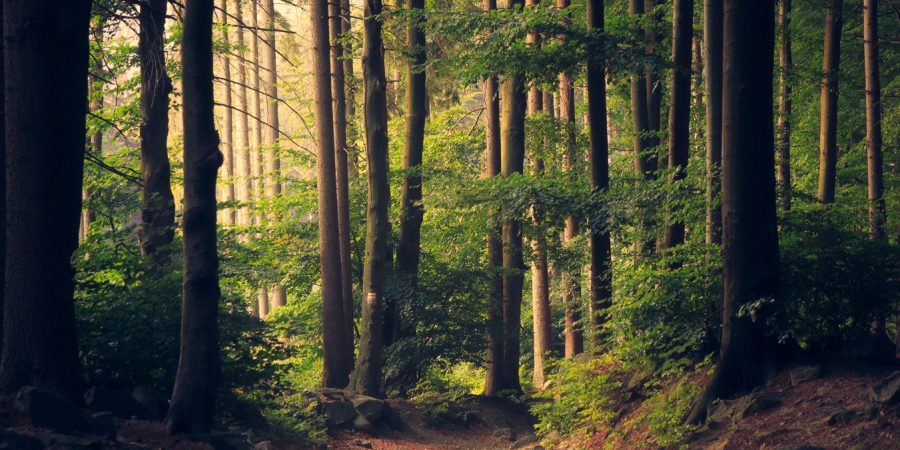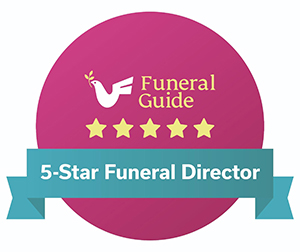Green funerals are becomingly an increasingly popular type of funeral in this day and age. For those who have lost loved ones, they may consider a green burial and funeral for their departed. Whilst you may not know what green funerals are, we’re here to help explain.
This week in our blog, S. Stibbards & Sons will explain what green funerals are. Detailing everything from how they work, why they are becoming a popular choice and other details you will need to know should you choose a green funeral. If you would like to learn more about green funerals, please read through our post.
Green Funerals
You may be wondering what makes a funeral and burial ‘green’. It is the process of considering how the body can have a minimal impact on the environment and earth. A truly ‘green’ funeral will consider aspects of conserving natural resources and ensuring the environment isn’t affected too greatly by the burial. This can involve burials using eco coffins, made of natural and biodegradable resources, which are broken down by the earth over time. As well as burial in a green cemetery or natural burial site.
Why green funerals?
We’re at a pivotal point where it’s become apparent to us that we have changed the world around us. Industrialisation, fuel emissions and deforestation are just a few factors that contribute to how our world has changed – not for the better. So, people are becoming more conscious about the impact their decisions have on the environment. Some consider the traditional burial methods to not be eco-friendly. In doing so, they opt to have green funerals, which reduce their ‘carbon footprint’ through burial methods. Traditional coffins and caskets tend to be made from non-renewable materials, such as wood and steel, which are not sustainable for our eco system.
How are green funerals better for the environment?
As we have mentioned above, coffins and caskets from green funerals are biodegradable, easily broken down over time. The production of these are considered carbon neutral, which means they are not affecting the environment whilst they are being made. ‘Traditional’ caskets are a lot sturdier and take a long time to break down. On top of this, they are usually treated with chemicals, be it paint or veneer, which when broken down, the chemicals are transferred into the soil surrounding the coffin.
All of the above combined with the manufacturing process, which isn’t considered carbon neutral, it’s clear to see why people opt for green funerals – however, it is a choice and is dependent on your beliefs, background and culture. Some prefer the traditional ways of burial. Green cemeteries or natural burial grounds will only allow coffins and caskets that are considered green. The natural environment is maintained and protected in green cemeteries and natural burial grounds, allowing wildlife and plants to flourish.
Green Caskets and Coffins
There are different varieties of green coffins and caskets, made from natural resources.
-
Willow
Made from willow, these coffins are environmentally friendly and intricately weaved by experts to create a truly beautiful and biodegradable casket ideal for green funerals.
-
Cardboard
Carboard coffins are sturdy alternatives, available in a wide array of different colours without the addition of harmful chemicals or treatments. These coffins are biodegradable as well.
-
Eco Coffin
Eco coffins can be made from a range of other materials such as bamboo, wool, cane and seagrass to name a few. These coffins, again, are all biodegradable and contain no harmful chemicals.
How S. Stibbards & Sons can help
Our team can assist you in organising a green funeral and burial. We can source a ‘green’ casket, find a local green burial site as well as plan the funeral service for your loved one. If you’d like to talk to us about a green funeral, please get in touch through our Contact page.







